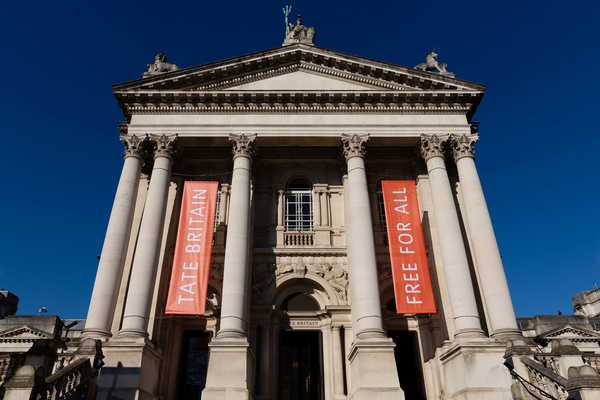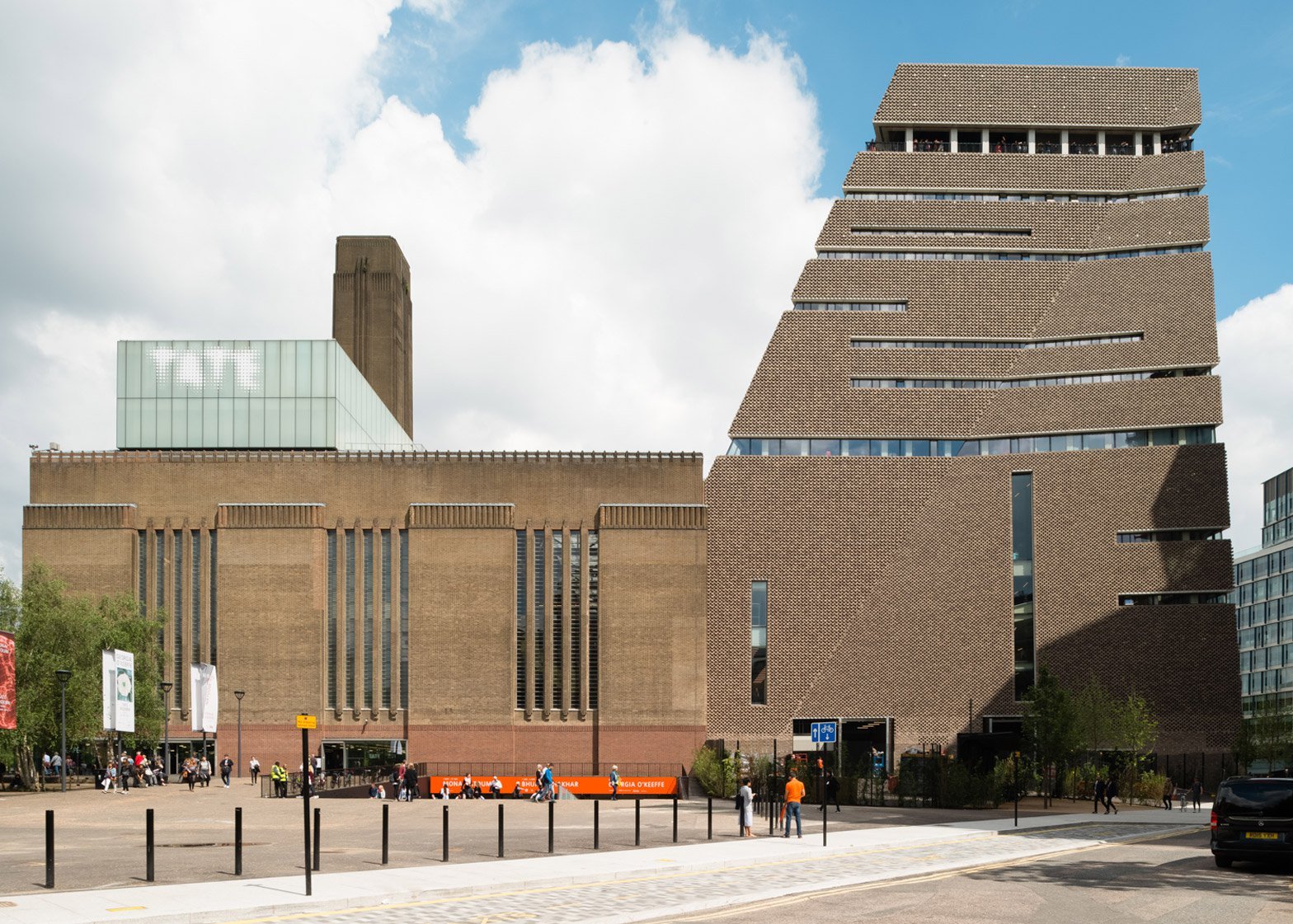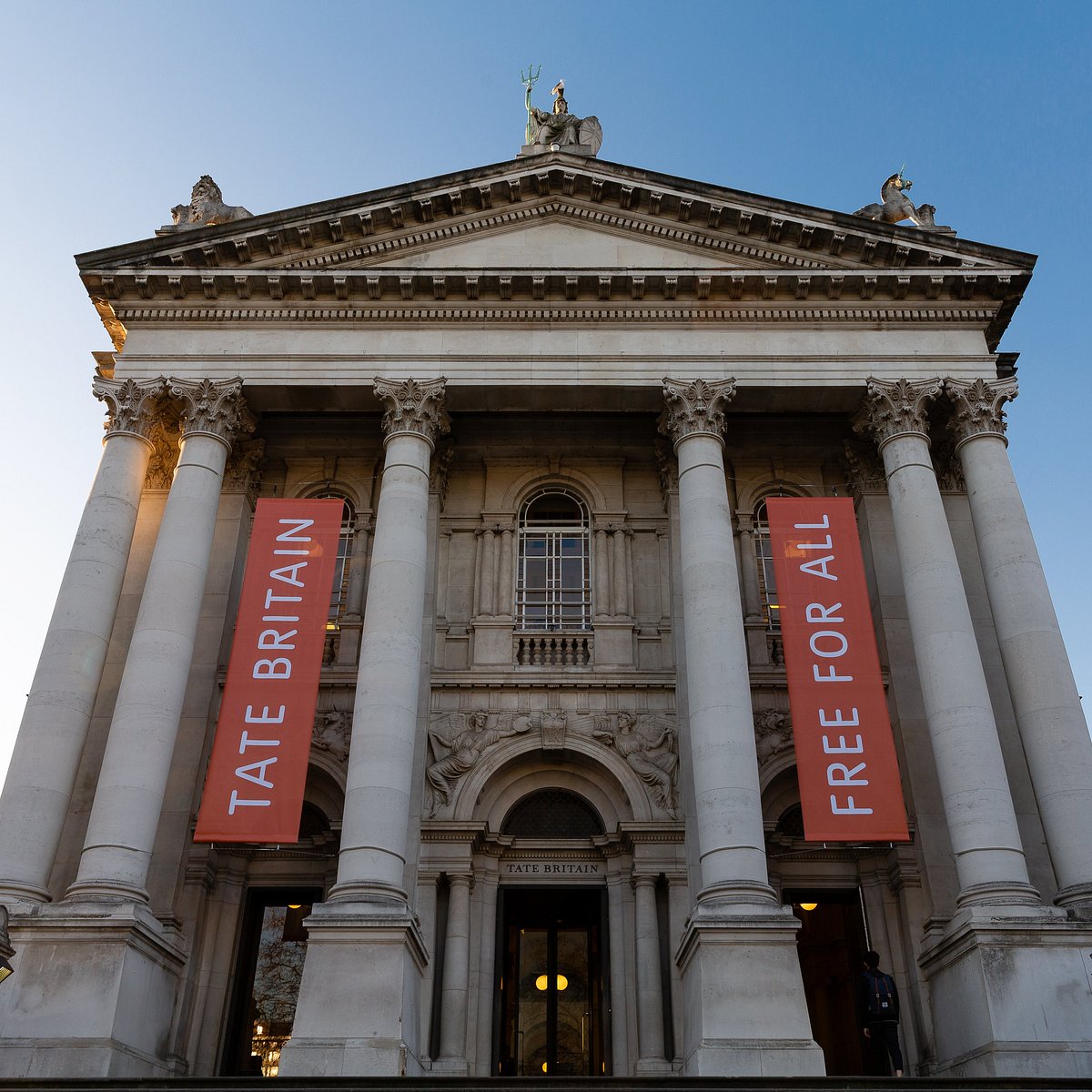Tate Macare: Discovering The UK's Remarkable Art Galleries
Stepping into a grand art museum, you know, it's almost like walking into a different world. You find yourself surrounded by incredible creations, each piece telling its own story, and really, that's a pretty special feeling. For many people who love art, or even just enjoy looking at beautiful things, the Tate galleries in the United Kingdom are a very important place. They hold so much history and so much of what's happening in art right now, it's quite something.
When we talk about "Tate Macare," we're thinking about the heart of these art spaces, the deep commitment to looking after and showing off amazing artworks. It's about how these places, which are more than just buildings, make sure everyone can experience the wonders of art. This isn't just about hanging pictures; it's about curating experiences, preserving heritage, and making art accessible to everyone who walks through their doors, or even just learns about them from afar. It's truly a big job.
This article will take a closer look at what makes the Tate galleries so significant. We'll explore their different locations, the types of art they keep, and how they invite people to connect with creativity. So, if you're curious about these famous art spots and what they do, you're definitely in the right place. It's a journey into art, history, and how these institutions care for our visual culture, which is, you know, pretty vital.
Table of Contents
- The Tate Galleries: A Family of Art Spaces
- What is Tate?
- Locations and Their Specialties
- The Art Within: Collections and Holdings
- British Art Through the Ages
- Modern and Contemporary Global Works
- Experiencing Tate Macare: Visits and Engagement
- What to Expect When You Visit
- Events, Tours, and Workshops
- Beyond the Walls: The Tate's Broader Role
- A National Treasure
- The Institution's Independence
- Common Questions About Tate Macare
The Tate Galleries: A Family of Art Spaces
The Tate isn't just one single building; it's actually a whole group of art places, a family of galleries, you might say. These galleries are spread across different parts of the United Kingdom, and each one has its own special feel and focus. It's a network, really, that helps bring art to lots of different people in various cities. This setup, you know, allows for a pretty wide reach.
What is Tate?
Basically, Tate is an institution, a big organization that looks after the United Kingdom's national collection of British art. But it's more than that, too. It also holds a very important collection of international modern and contemporary art. It's quite a comprehensive collection, really. This means you can see pieces from centuries ago right up to things made just recently. It's not a government body, by the way; it operates independently, which is, you know, an interesting point.
The core idea behind Tate is to keep and show off art that tells the story of Britain's creative output, and also to bring in art from around the world that speaks to our current times. It's a place for discovery, for learning, and for simply enjoying the visual arts. They are, in a way, caretakers of a vast artistic heritage, which is a pretty big responsibility.
Locations and Their Specialties
So, where can you find these amazing galleries? Well, the Tate family includes four main art spaces, each with its own name and its own unique offerings. There's Tate Modern, Tate Britain, Tate St Ives, and Tate Liverpool, which also includes RIBA North. Each one, you know, adds something special to the overall picture.
Tate Modern is, perhaps, one of the most famous. It's an art gallery right there in London, and it's quite large, actually. This particular gallery is home to the United Kingdom's national collection of international modern and contemporary art. That means you'll find art created from the year 1900 onwards here. It's a place that often feels very lively, with lots of people coming and going, exploring the different exhibits. There's even a drop-off and pick-up spot on Holland Street, just outside, which is pretty convenient for visitors.
Then there's Tate Britain, also in London. This gallery focuses more on British art from the 16th century right up to the present day. If you want to see how British art has changed over hundreds of years, this is definitely the place to go. It was founded by Sir Henry Tate himself, and it has a really substantial group of artworks, especially a lot of pieces by J.M.W. Turner, which is, you know, a big draw for many.
Moving outside of London, we have Tate Liverpool. This gallery, located in Liverpool, also plays a big part in showing modern and contemporary art, bringing these important works to a different part of the country. It's a key cultural spot for the north of England, offering a different kind of experience than the London sites. You know, it helps spread the art around.
And finally, there's Tate St Ives, situated in Cornwall. This gallery often features art that has a connection to the local landscape and the artists who have lived and worked in that area. It's a beautiful setting for an art space, and it really adds to the variety of experiences the Tate offers. Each location, you see, has its own personality, more or less.
The Art Within: Collections and Holdings
The true heart of "Tate Macare" is, of course, the art itself. These galleries are not just buildings; they are vast storages of human creativity, carefully looked after and presented for everyone to enjoy. They keep pieces that span centuries, showing how art has changed and grown over time. It's a pretty amazing range, actually.
British Art Through the Ages
One of the main responsibilities of the Tate galleries is to keep the national collection of British art. This means they have works from the 16th century onwards, covering a huge period of history. You can see how styles shifted, how artists reacted to their times, and how British identity has been expressed through painting, sculpture, and other forms. It's like a visual timeline, in a way.
For example, Tate Britain has a particularly strong collection of works by J.M.W. Turner, a very famous British painter. His landscapes and seascapes are incredibly important in art history. But it's not just about one artist; it's about the whole sweep of British art, from the Tudor times right up to now. This focus, you know, gives visitors a real sense of continuity and development in British artistic expression.
Modern and Contemporary Global Works
Beyond British art, the Tate also holds a significant collection of international modern and contemporary art. This part of their collection focuses on works created from 1900 to the present day. This is where you'll find pieces by artists from all over the world, exploring new ideas, new materials, and new ways of making art. Tate Modern, in particular, is a major player in this area.
These modern and contemporary pieces often challenge ideas and spark conversations. They reflect the rapid changes and diverse perspectives of the last century and today. It's a place where you can really see art pushing boundaries, which is, you know, quite exciting. The collection is always growing, too, as new art is made and acquired. They keep these pages updated continually, so there's always something fresh to see.
Experiencing Tate Macare: Visits and Engagement
The Tate galleries aren't just places where art is stored; they are vibrant spaces where people come to experience art firsthand. The idea of "Tate Macare" also includes how they make these experiences meaningful and enjoyable for everyone. It's about more than just looking; it's about feeling and connecting, in some respects.
What to Expect When You Visit
When you visit a Tate gallery, you can expect to find a wide range of exhibitions. Some are permanent, showcasing pieces from their vast national collection, while others are temporary, bringing in special shows from other museums or focusing on particular artists. You might see a huge installation, a quiet painting, or even, you know, something completely unexpected. The variety is really quite something.
The galleries are designed to be welcoming. You can spend hours wandering through the different rooms, taking your time with the art. There are often places to sit, cafes for a break, and shops where you can pick up a souvenir or a book about art. It's a pretty relaxed atmosphere, generally, which helps you really enjoy the art.
Events, Tours, and Workshops
To help people engage even more deeply with art, the Tate galleries offer lots of events, tours, and workshops. These programs are designed for all sorts of people, from art experts to families with young children. You might join a guided tour to learn more about specific artworks, or take part in a workshop where you can try making your own art. They really want people to "make noise in our galleries," meaning to get involved and express themselves.
These activities are a big part of "Tate Macare" because they go beyond just passive viewing. They encourage interaction, learning, and creativity. It's about fostering a love for art and helping people feel a personal connection to the pieces they see. So, there's always something happening, which is, you know, pretty cool.
Beyond the Walls: The Tate's Broader Role
The work of the Tate galleries extends far beyond just the art hanging on their walls. They play a much bigger role in the cultural life of the United Kingdom and, indeed, the world. It's about their impact on how we think about art and its place in society, which is, you know, quite profound.
A National Treasure
As the keeper of the national collection of British art, the Tate is a vital part of the UK's heritage. It preserves artworks that tell the story of the nation's creative spirit. These pieces are for everyone, a shared inheritance that can be enjoyed by current generations and those to come. It's a truly significant institution, more or less, for the country's identity.
The galleries attract visitors from all over the globe, too. People come to London, Liverpool, and Cornwall specifically to see the Tate's collections. This brings cultural exchange and helps position the UK as a major center for art. It's a source of pride, and a place where different cultures can meet through art, which is, you know, a wonderful thing.
The Institution's Independence
An interesting point about the Tate is that it is not a government institution. While it serves a national purpose, it operates independently. This structure allows it a certain freedom in its choices about what art to acquire, what exhibitions to put on, and how to run its operations. This independence, you know, can be really important for artistic freedom and innovation.
This allows the Tate to be a dynamic force in the art world, able to respond to new trends and ideas without direct political influence. It means their focus can stay firmly on the art and the public's engagement with it. This operational model, you see, helps them maintain their unique position and purpose.
Common Questions About Tate Macare
People often have questions about the Tate galleries, which is completely natural given their importance. Here are a few common queries you might have, along with some straightforward answers, you know, just to clear things up.
What kind of art does Tate hold?
The Tate galleries hold two main types of art. First, they have the national collection of British art, which covers works from the 16th century right up to today. Second, they have an international collection of modern and contemporary art, which includes pieces created from 1900 onwards. So, you'll find a pretty wide range, from older masterpieces to very recent creations. It's quite diverse, actually.
How many Tate galleries are there in the UK?
There are four main Tate galleries in the United Kingdom. These are Tate Modern and Tate Britain, both located in London; Tate Liverpool, found in Liverpool; and Tate St Ives, which is in Cornwall. Each one, you know, offers a slightly different focus and experience for visitors.
Is Tate a government institution?
No, the Tate is not a government institution. It operates as an independent body, even though it houses the national collection of British art and serves a public purpose. This independence allows it to make its own decisions about its collections and programs, which is, you know, a key part of its identity.
The Tate galleries are always updating their pages, so there's always new information about exhibitions, events, and what's happening. You can learn more about the Tate galleries on their official site. Also, you can discover more about art history on our site, and

Tate Britain | Tate

History of Tate | Tate

Tate Britain (ACTUALIZADO 2025) - Qué SABER antes de ir (con Opiniones